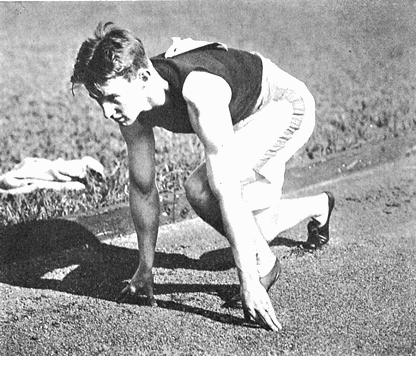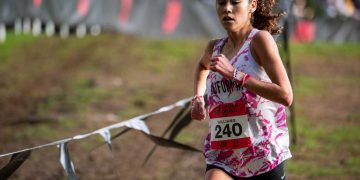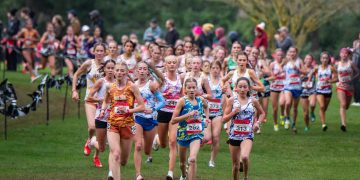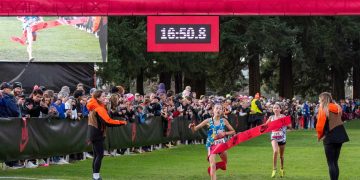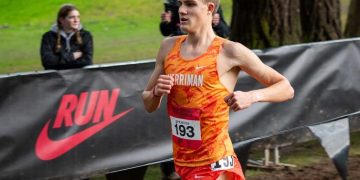RelatedPosts
Walt Murphy is one of the finest track geeks that I know. Walt does #ThisDayinTrack&FieldHistory, an excellent daily service that provides true geek stories about our sport. You can check out the service for FREE with a free one-month trial subscription! (email: [email protected] ) for the entire daily service. We will post a few historic moments each day, beginning February 1, 2024.
(c)Copyright 2024-all rights reserved. It may not be reprinted or retransmitted without permission.
By Walt Murphy’s News and Results Service ([email protected]), used with permission.
This Day in Track & Field–April 26
1902—Georgetown’s Arthur Duffey won the 100-yard dash at the Penn Relays for the 3rd year and tied the World Record of 9.8 that he already shared with many others.
Penn set a World Record of 8:04.8 on the 2-mile relay.
From the NY Times Archives: The eighth annual intercollegiate and interscholastic relay races, under the auspices of the University of Pennsylvania Athletic Association, were held on Franklin Field this afternoon and attracted an enthusiastic crowd of almost 10,000 spectators. It was the most significant event of its kind ever held in America. The entry list included more than 125 colleges and schools, while more than 600 athletes competed in several events.
Results
https://timesmachine.nytimes.com/timesmachine/1902/04/27/118468859.html?pageNumber=4
https://en.wikipedia.org/wiki/Arthur_Duffey
1913—Batons were used for the first time at the Penn Relays. Prior to this, runners would simply touch hands at each exchange. (Or was it 1914?).
Michigan set a relay record of 8:00.0 in the 2-mile Relay, and Illinois became a 1st-time winner at Penn with its victory in the Mile Relay (3:22.8).
The NY Times referred to the meet as the “Pennsy” Relays!
1924—The World Record in the 2-mile Relay was broken for the 3rd year at the Penn Relays. Boston College’s turn this year was running 7:47.6 with a lineup of William McKillop, Pat Mahoney, Louis Welch, and Tom Kavanaugh (the last two legs might have been reversed). It was the first win at Penn for B.C.
Syracuse’s Chet Bowman won the 100-yard dash (10.0) over a field that included the University of Edinburgh’s Eric Liddell, who went on to win Olympic gold in the 400-meters in Paris. Liddell was one of the central figures in the Oscar-winning movie Chariots of Fire. Liddell had finished 2nd in the 220y the previous day to Johns Hopkins’ Lou Clarke.
Ohio State’s Larry Snyder won the 120-yard Hurdles (15.4) and later became the head coach at his alma mater. Among the athletes he coached (all Olympic gold medalists) were Jesse Owens, Mal Whitfield, and Glenn Davis.
Snyder: https://en.wikipedia.org/wiki/Larry_Snyder_(athlete)
NY Times: https://timesmachine.nytimes.com/timesmachine/1924/04/27/101592794.pdf?pdf_redirect=true&ip=0
1947—Illinois won 3 titles at the Penn Relays—the 440y, 880y, and Distance Medley Relays, with Herb McKenley anchoring the 2 sprint races and running the lead-off ¼-mile in the DMR. Illinois was denied a 4th title when freshman Reggie Pearman outdueled McKenley on the anchor leg to lead NYU to victory in the Mile Relay (3:18.8). McKenley lost some ground when he ran into NYU’s 3rdrunner at the final exchange. He quickly caught up to Pearman and had the lead coming off the final turn, only to have Pearman run him down in the home stretch.
Billy Mathis, who ran the lead-off leg on the winning sprint relays, also won the 100-yard dash in 9.9. He was the 1946 NCAA Champion in the 100.
Curt Stone and Horace Ashenfelter, a future Hall-of-Famer, ran the middle legs as Penn State won the 4-mile Relay in 17:32.6. Stone would become a 3-time U.S. Olympian at 5000 meters. In contrast, Ashenfelter won the gold medal in the Steeplechase at the 1952 Olympics.
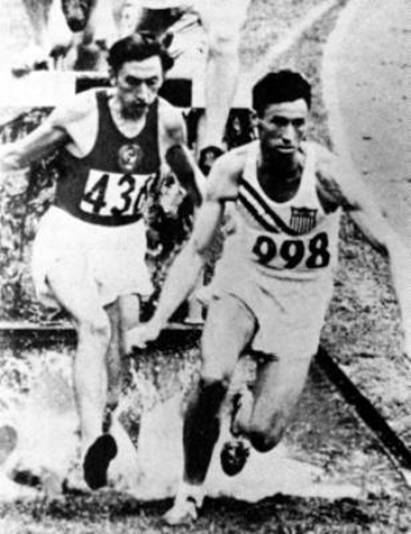
NYU’s Irv “Moon” Mondschein was one of 5 men who tied for 1st place in the High Jump (6-4 [1.93]), and he was the outright winner of the Long Jump (23-9 3/8 [7.24]). He would become a 3-time U.S. Champion in the Decathlon, place 8th in that event at the 1948 Olympics, win 2 NCAA titles in the High Jump, and would enjoy a long coaching career, which included a 23-year stretch at the University of Pennsylvania.
New Hampshire’s Boo Morcom, returning to Penn after serving in the military during World II, won the Pole Vault (14-3 [4.34+]) 4 years after winning his 2nd consecutive title in 1943. As reported yesterday (4-25), he became a legend in Masters competition, competing in many events into his 70s. He was a coach at Penn for 35 years and later coached at his alma mater.
Results https://timesmachine.nytimes.com/timesmachine/1947/04/27/87741962.html?pageNumber=153
Stone: https://en.wikipedia.org/wiki/Curt_Stone
Pearman: http://www.racingpast.ca/bob-phillips.php?id=63
Mondschein: https://en.wikipedia.org/wiki/Irving_Mondschein
Morcom: https://en.wikipedia.org/wiki/Boo_Morcom


